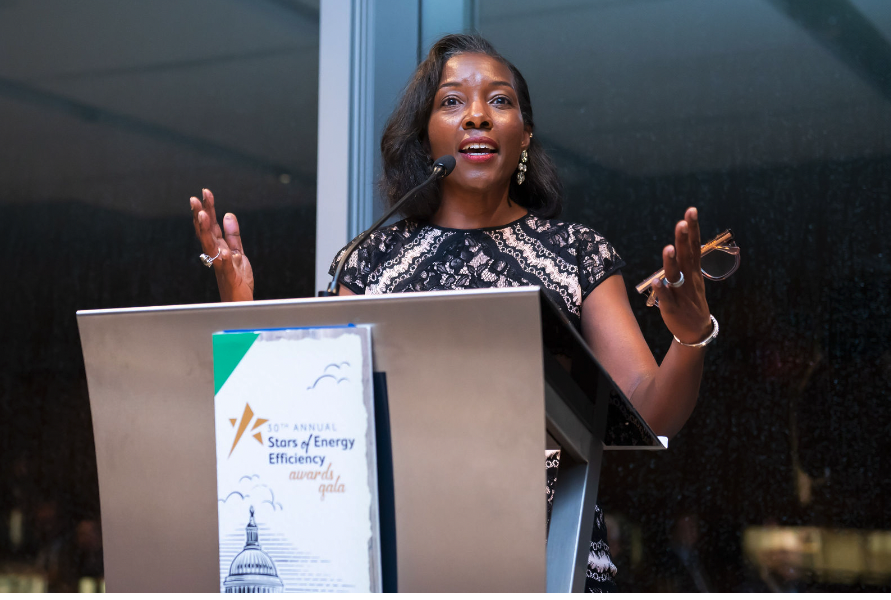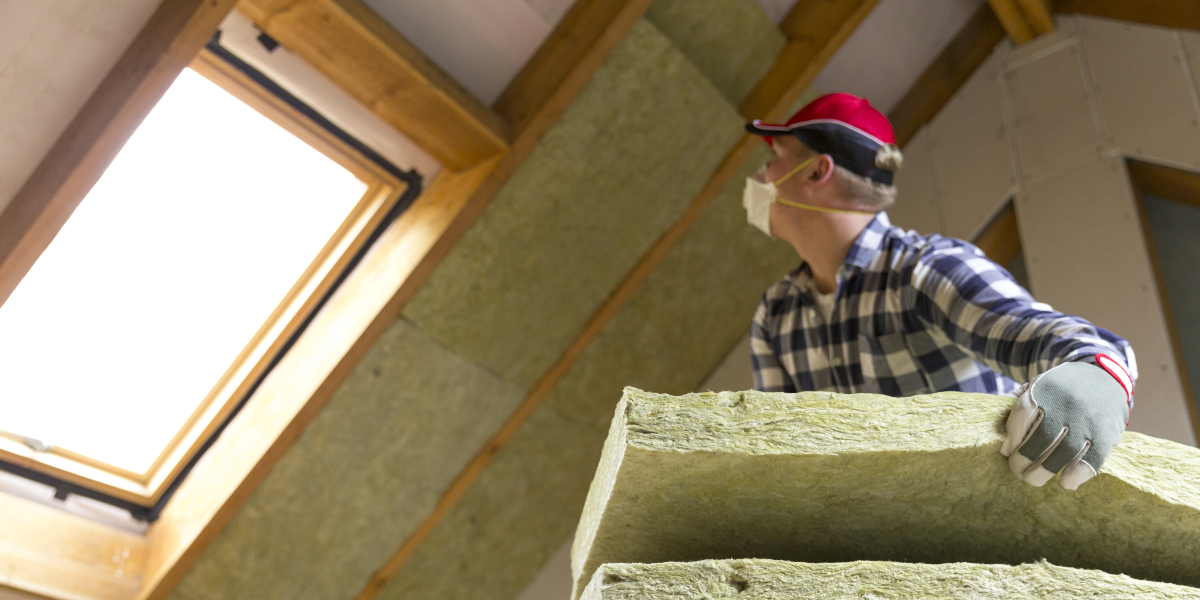Cutting Energy Waste in Buildings is One Climate Policy These Presidential Candidates Are All Behind
Let's Save Energy
Alliance to Save Energy's Blog

Nearly 40% of greenhouse gas emissions in the United States come from our energy use in residential and commercial buildings – from office towers and malls to apartment buildings and single-family houses. To live and work comfortably, we need heat and air conditioning, hot water, lighting, and a range of appliances and electronics, all of which require energy. But many buildings are poorly designed or insulated, or use inefficient equipment, and use far more energy than necessary, which in turn increases emissions from furnaces and boilers and from the power plants providing electricity.
It’s clear from the inclusion of building efficiency in their climate plans that the candidates running in the Democratic presidential primary each seem to recognize the opportunities here. So without aiming to make a direct evaluation between the candidates’ plans or endorsing one, we pulled together some of the key pledges from each of the proposals:
Michael Bennet says he would “collaborate with the private sector to improve energy efficiency in buildings and vehicles” while prioritizing “opportunities to cut waste in communities that have been most harmed by pollution.” He’d seek to “cut energy bills for struggling families” through measures including retrofits and requiring “new federally subsidized housing to be energy efficient.”
Joe Biden’s plan calls for “creating incentives for deep retrofits” and offsetting upfront costs with a program targeting a “package of affordable energy efficiency retrofits in American homes.” He pledges to “accelerate new efficiency standards for household appliances and equipment” and to “repair and accelerate the building code process and create a new funding mechanism for states and cities to adopt strict building codes and train builders and inspectors.”
Mike Bloomberg wants to “incentivize cities and states to adopt energy efficiency standards for existing buildings that require owners of large buildings to gradually reduce pollution and improve energy performance.” He says he’d use “rebates, tax credits, and low-cost financing for both appliances and building renovation” and “design incentives to specifically work for low-income households, including encouraging Pay as You Save programs.” He pledges to “ramp up appliance efficiency standards.”
Pete Buttigieg seeks to “double Weatherization Assistance Program funding” and to develop an “energy efficiency rebate to cover 30% of the cost of the improvements for residential homes and apartment buildings” and a commercial building efficiency credit “to make significant building and appliance upgrades to meet LEED Gold or Platinum standards.” He pledges to “support mayors and governors who improve building codes so new single-family and multi-family homes and commercial buildings are energy efficient.”
John Delaney proposes a “Climate Corps” in which recent high school graduates would work “in low-income urban and rural communities” to support a “transition to a green economy.” The Corps would assist in “improving building efficiency” and “provide information and support to families about sustainability, energy efficiency, and renewable energy.”
Tulsi Gabbard’s climate plan centers around her OFF Fossil Fuels Act, which includes funding the Weatherization Assistance Program at $1.5 billion each year, nearly a five-fold increase over current funding levels.
Amy Klobuchar wants to “retrofit existing buildings to reduce their emissions through grants and tax credits that support insulation, weatherization improvements, upgrades to heating and cooling systems, and other energy saving upgrades.” She would “support the development of the next generation of low-emission buildings through model building energy codes and benchmarking and transparency programs” and would “ensure that all federal housing programs put strong standards in place to reduce carbon emissions.”
Deval Patrick has not yet released his full climate plan, but his climate page calls for “decreasing our energy consumption while increasing our capacity for clean energy.”
Bernie Sanders pledges to provide “$2.18 trillion for sliding-scale grants for low- and moderate-income families and small businesses to invest in weatherizing and retrofitting their homes and businesses” in a program that prioritizes “the oldest, leakiest and least energy efficient homes and the homes of seniors, people with disabilities, and low-income families first.” He says a “federal mandate through the Department of Energy will ensure that new and existing commercial buildings and wealthy homeowners meet our energy retrofit goals.”
Tom Steyer aims to dedicate over $3 trillion in total for “energy, industry, and building upgrades and pollution reduction projects,” including residential and commercial building upgrades. He calls for “100% zero-carbon new commercial and residential buildings by 2030” and “100% zero-carbon retrofits for all buildings nationwide by 2045.”
Elizabeth Warren seeks to “link energy and pollution standards to federal support for new construction projects” and “provide incentives for local governments to adopt more aggressive standards.” She’d offer “tax credits, generous and inclusive financing, and direct federal funding to put Americans to work reducing the carbon output of existing homes and businesses” and “work with utilities to increase on-bill investment in energy efficiency solutions.” She pledges to refurbish “4% of houses and buildings every year until the job is done.”
Andrew Yang’s plan calls for setting “sustainable infrastructure standards for all new buildings” and basing “any infrastructure spending on meeting these standards.” He commits to “equipping and powering all federal buildings with American-made efficiency and clean energy technology.”
Responding to the climate challenge will be even more urgent in the next presidential term, so it’s great to see these candidates all understanding the importance of including building efficiency as part of the solution.
STAY EMPOWERED
Help the Alliance advocate for policies to use energy more efficiently – supporting job creation, reduced emissions, and lower costs. Contact your member of Congress.
Energy efficiency is smart, nonpartisan, and practical. So are we. Our strength comes from an unparalleled group of Alliance Associates working collaboratively under the Alliance umbrella to pave the way for energy efficiency gains.
The power of efficiency is in your hands. Supporting the Alliance means supporting a vision for using energy more productively to achieve economic growth, a cleaner environment, and greater energy security, affordability, and reliability.



